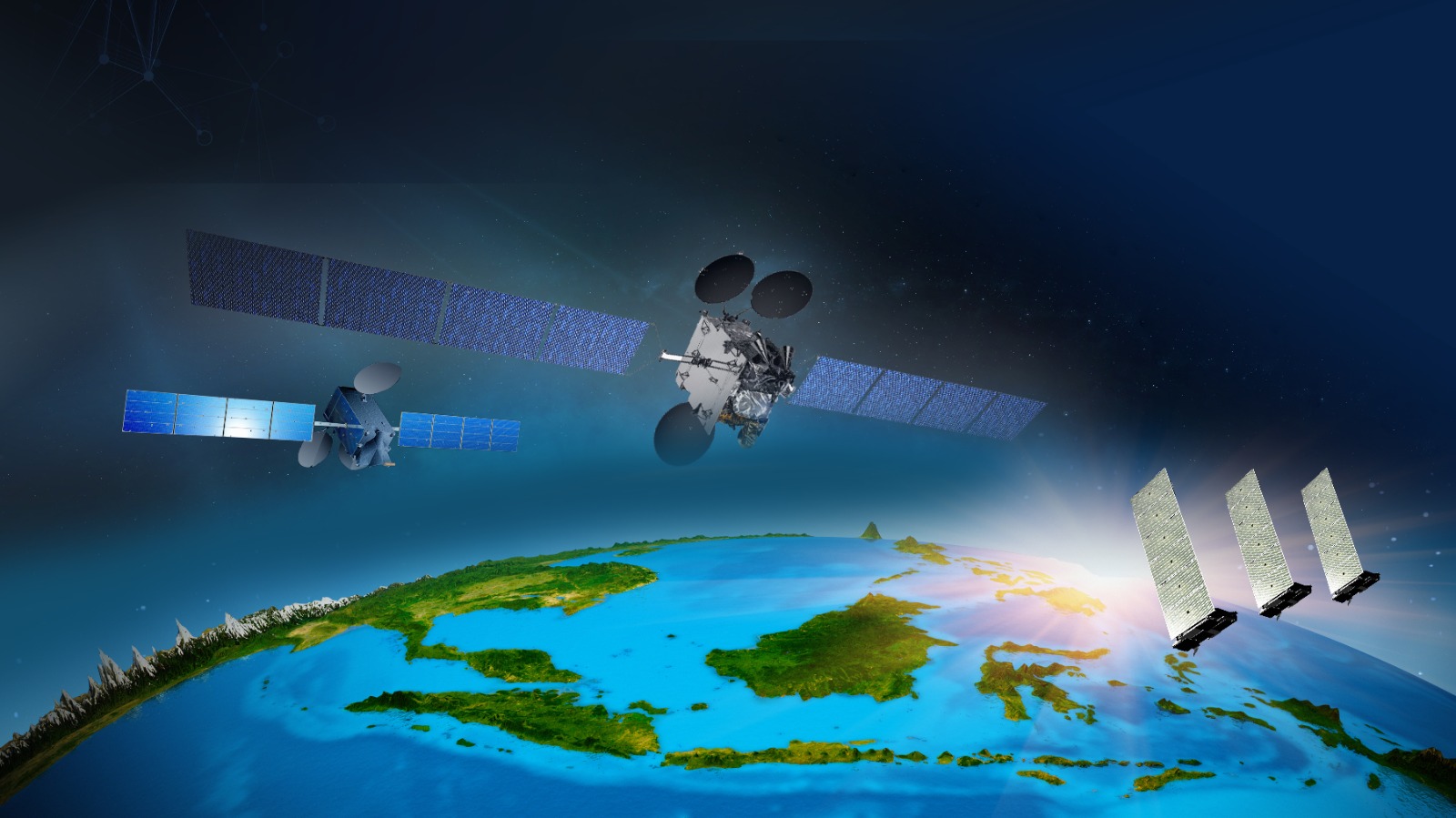Understanding the 3 Types of Satellite Orbits: LEO, MEO, and GEO

In today's digital era, satellites play a crucial role in supporting various aspects of human life, from communication and navigation to imaging and high-speed internet needs. To provide optimal service, each satellite is placed in a specific orbit based on its requirements. There are three main types of satellite orbits currently used: Geostationary Earth Orbit (GEO), Medium Earth Orbit (MEO), and Low Earth Orbit (LEO). Let's explore each of these orbits.
Each satellite orbit has its own advantages and challenges. The choice of orbit greatly depends on the needs of the application being served. Whether it's LEO, MEO, or GEO, each plays an important role in supporting communication infrastructure and technology in today's digital era. With ongoing technological advancements and increasing needs, exploration and innovation in these three orbits are predicted to continue.
- Low Earth Orbit (LEO) LEO is an orbit that ranges from 500 to 1,200 km above the Earth's surface. LEO has a dense population with thousands of satellites currently in operation, mainly handling science & imaging needs. High Throughput Satellite (HTS) in LEO orbit aims to provide broadband internet connections for enterprise, SME, and government segments. Because it is relatively close to the Earth's surface, one advantage of satellites in LEO orbit is low data transmission time. However, on the other hand, LEO satellites orbit the Earth faster than the Earth rotates, so more than one satellite is needed to continuously serve one location on Earth.
- Medium Earth Orbit (MEO) At an altitude of 5,000 to 20,000 km, MEO is primarily known as the orbit for GPS and other navigation satellites. Recently, MEO HTS constellations have been deployed to deliver low-latency, high-bandwidth data connectivity to service providers, government agencies, and commercial companies. Satellites in MEO orbit have a relatively higher data transmission time compared to LEO satellites, but relatively lower than GEO satellites. MEO satellites have a relatively slower period of orbiting the Earth compared to LEO satellites.
- Geostationary Earth Orbit (GEO) At an altitude of 36,000 km, GEO orbit satellites have the main advantage of being able to stay over one point on the Earth's surface. Hundreds of GEO satellites are currently in orbit, conventionally providing services such as weather data, TV broadcasting, and some low-throughput data communications. Over the past few years, the capabilities of conventional GEO satellites have been significantly enhanced with High Throughput Satellite (HTS) technology.
Each satellite orbit has its own advantages and challenges. The choice of orbit greatly depends on the needs of the application being served. Whether it's LEO, MEO, or GEO, each plays an important role in supporting communication infrastructure and technology in today's digital era. With ongoing technological advancements and increasing needs, exploration and innovation in these three orbits are predicted to continue.
#DiscoverNewHorizon